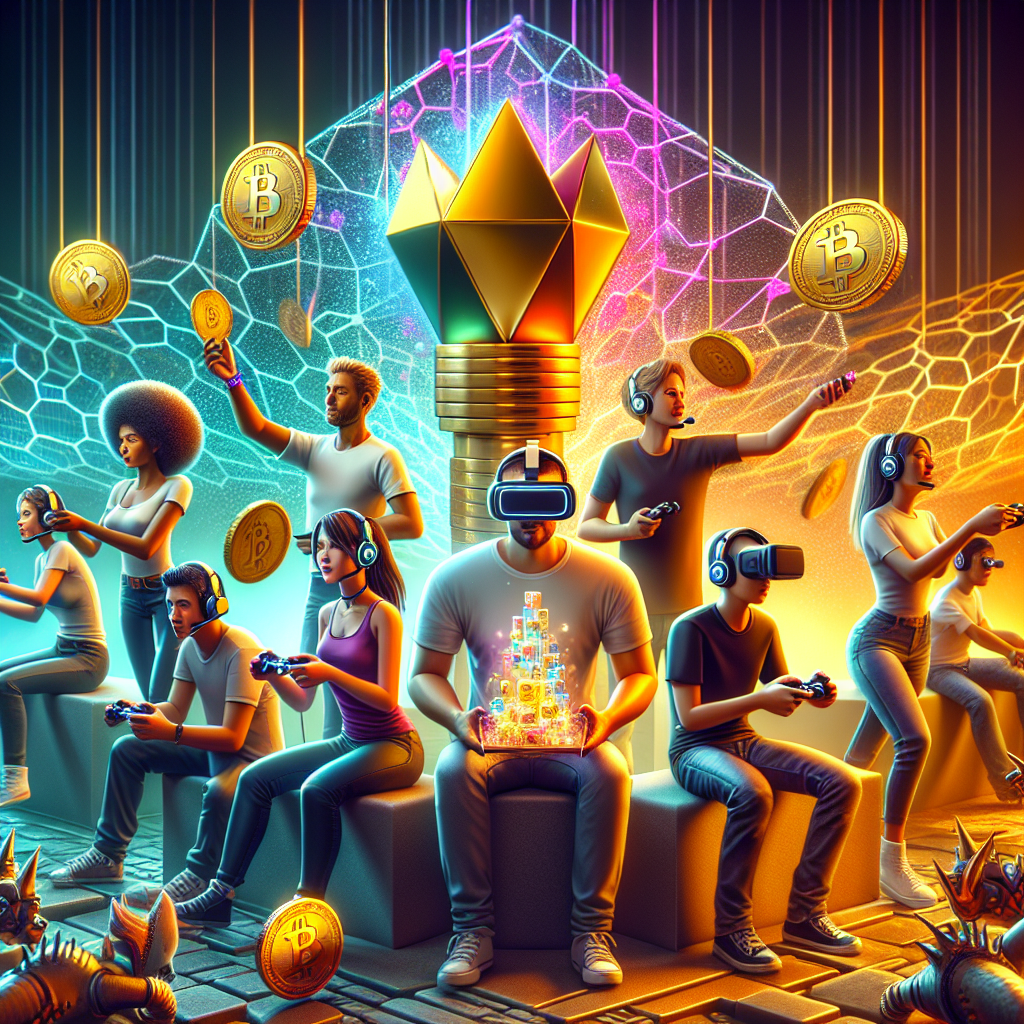Blockchain Games: Revolutionizing Digital Ownership and Play-to-Earn Economy
Exploring the Emergence of Blockchain Games
\n\nWith the rapid advancement of blockchain technology, an exciting new frontier has emerged in the gaming industry: blockchain games. These games leverage decentralized technology to offer unique features such as true asset ownership, play-to-earn models, and global accessibility. As we delve into the intricacies of these games, it's vital to understand their impact on both developers and players alike.
\n\nTrue Asset Ownership in Blockchain Games
\n\nOne of the most compelling features of blockchain games is the concept of true asset ownership. Unlike traditional games where players do not technically own in-game items, blockchain games allow players to own their digital assets. These assets, often represented as non-fungible tokens (NFTs), are stored on a blockchain, providing security and authenticity.
\n\nFor more on NFTs and their role in blockchain gaming, check out Decrypt's Guide to NFTs.
\n\nThe Role of Smart Contracts
\n\nSmart contracts play a pivotal role in enabling true asset ownership. These self-executing contracts with the terms of the agreement directly written into code ensure that transactions are secure and transparent. This mechanism empowers players to trade, sell, or lease their assets with confidence.
\n\nExplore how smart contracts are transforming industries at Investopedia's Smart Contracts Overview.
\n\nPlay-to-Earn Models Revolutionizing Gaming Economy
\n\nPlay-to-Earn (P2E) models are transforming the economic landscape of gaming by allowing players to earn real-world value through gameplay. In this model, players can gain rewards in the form of cryptocurrencies or NFTs, which can then be traded or sold for fiat money.
\n\nFor an in-depth analysis on the Play-to-Earn trend, visit Cointelegraph's explainer on P2E Games.
\n\nCase Study: Axie Infinity
\n\nA prime example of a successful play-to-earn game is Axie Infinity. This game has garnered significant attention and popularity, particularly in developing countries where players can earn a sustainable income. The game's blockchain-based economy has set a precedent for future P2E initiatives.
\n\nRead more about Axie Infinity's impact at The Verge's analysis of Axie Infinity.
\n\nThe Challenges Facing Blockchain Games
\n\nDespite the promising opportunities, blockchain games face several challenges. Scalability issues, high transaction fees, and regulatory uncertainty present significant hurdles. Moreover, the steep learning curve for newcomers to the ecosystem may deter widespread adoption.
\n\nScalability and Transaction Fees
\n\nOne major challenge is scalability. As games attract more players, the need for faster and cheaper transactions becomes crucial. Current blockchain networks like Ethereum often face congestion, leading to increased transaction costs, which can hamper the gaming experience.
\n\nFor insights on potential scalability solutions, check out Consensys' guide on Layer 2 Scaling Solutions.
\n\nRegulatory Concerns
\n\nRegulatory frameworks for cryptocurrencies and NFTs are still in their infancy and vary widely across jurisdictions. This uncertainty can pose risks to both game developers and players, affecting the growth and widespread adoption of blockchain games.
\n\nStay updated on the regulatory landscape with Coindesk's regulatory guide for crypto startups.
\n\nThe Future of Blockchain Gaming
\n\nDespite obstacles, the future of blockchain gaming is promising. As technology advances and integrates with other emerging trends such as the metaverse, blockchain games have the potential to redefine the gaming industry. By providing players with more control, economic opportunities, and immersive experiences, blockchain games are indeed a revolution in the making.
\n\nFor a visionary take on blockchain and gaming's intersection with the metaverse, read more at VentureBeat's article on the decentralized future.
